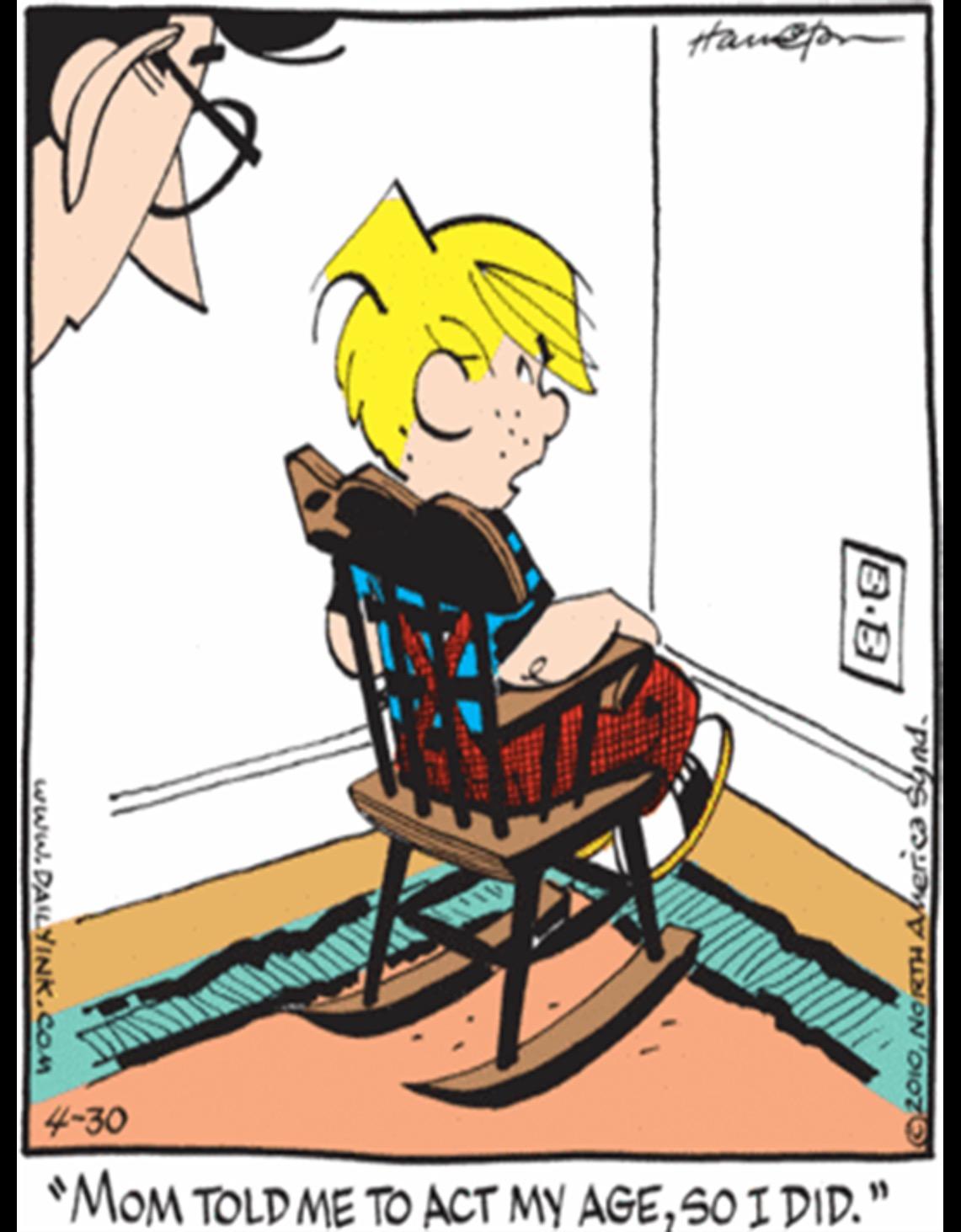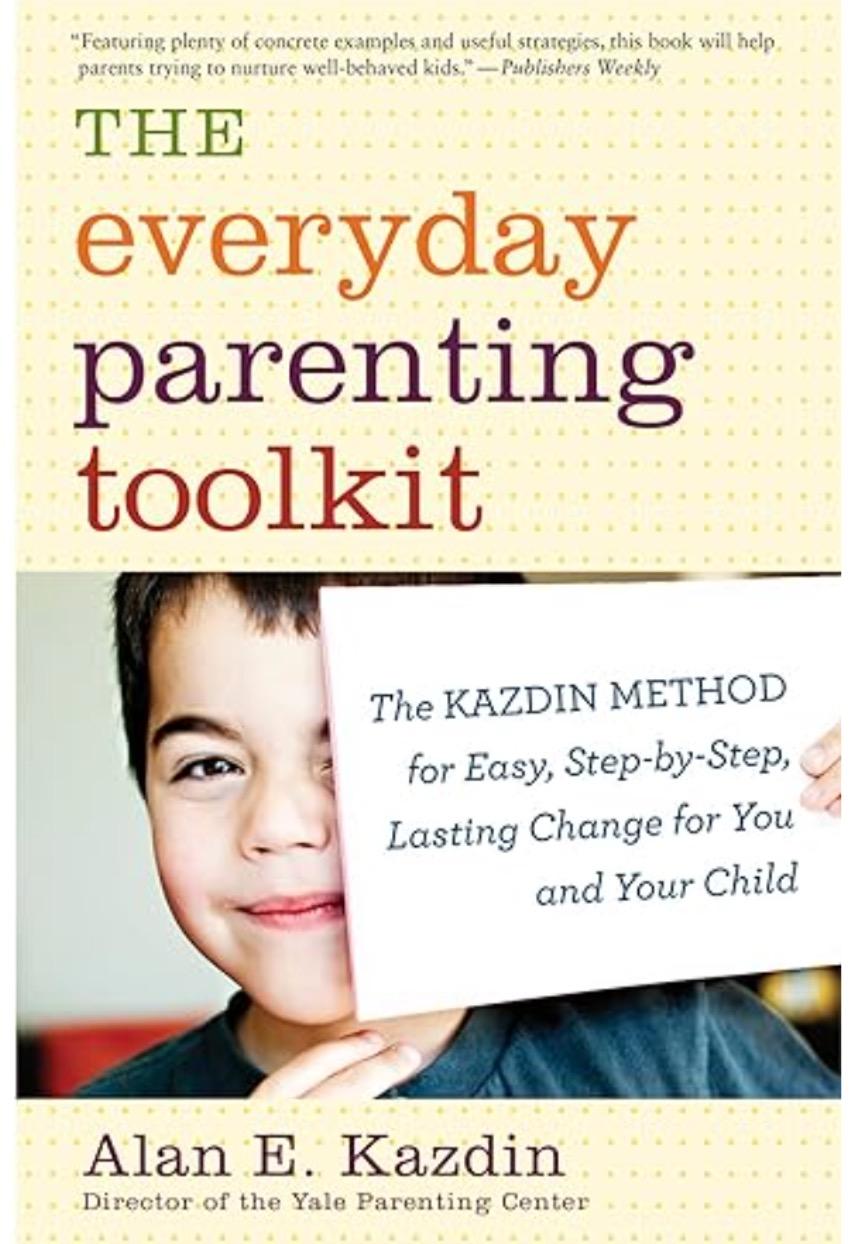Parenting neurodiverse children
Amy Altszuler, Ph.D. Eryn Kruger, Ph.D.


● Individuals perceive and interact with the environment in many different ways
○ Neurotypical: Those who have more typical brain processing and actions
○ Neurodivergent: Those who have changes or differences in their brain functioning
● Neurodivergent individuals
○ Those who are neurodivergent may have a particular diagnosis:
■ Autism Spectrum Disorder
■ Attention-Deficit/Hyperactivity Disorder
■ Learning disorders (dyslexia, dysgraphia, dyscalculia)
○ There are also neurodiverse persons without diagnoses who may have relevant impairments, such as sensory processing disorder
● Most prevalent problematic neurodivergent behaviors:
○ Social interaction difficulties
○ Speech and language challenges
○ Learning issues
○ Strange bodily activities or inflexibility/inability to adjust to change
● Neurodivergent behaviors that may enhance creativity or make activities simpler:
○ Capacity to concentrate on a subject or activity for lengthy periods
○ Creative thinking leading to inventive ideas and problem-solving abilities
○ Excellent ability to pay attention to very specific details
○ Significant talents in a multitude of topics, such as music, art, math, technology
● ASD is brought on by anomalies in the brain
● The presentation may vary greatly (e.g., one person with ASD may have great speech abilities whilst another may be nonverbal) which is why we talk about a “spectrum”
● Some children display ASD signs during the first 12 months of life while others may not show symptoms until they are 24 months or older
● Some children with ASD learn new skills and reach developmental goals until roughly 18 to 24 months of age and then stop developing new abilities or lose the talents they formerly had
● Difficulty interacting with others or interpreting social signs
● Particular interests
● Repetitive actions
● Routine oriented
● Sensory differences
● Weak eye contact
● Difficulty interpreting humor
● Difficulty making and maintaining friendships
● Sensory sensitivities to clothing, textures, noises, or lights
● Be mindful of masking behaviors
● Extraordinary memory: children with autism frequently have special interests. Sometimes they can remember data about certain subjects like historical events, scientific issues, video games etc.
● Attention to detail: May be highly detailed-oriented which can lead to thorough comprehension of their areas of interest.
● Logic: May have a flair for solving complicated issues (e.g., arithmetic, computer coding, video gaming) which can lead to academic and professional success
● Strong involvement in social injustices
● ADHD vs ADD - Different names for the same condition
● Core symptoms include inattention, hyperactivity, and impulsivity
● Impairment in multiple settings (home, school, social)
● 8-12% of people in the U.S. have ADHD (CDC, 2011)

Bad parenting
Television
Video Games
Sugar Food additives


Inattention
a. Inattention to details/careless mistakes
b. Difficulty sustaining attention
c. Not seeming to listen when spoken to
d. Fails to finish things started
e. Disorganized
f. Avoids/dislikes tasks that require sustained mental effort
g. Loses things necessary for activities
h. Easily distracted
i. Forgetful
Hyperactivity/Impulsivity
a. Fidgets/squirms
b. Leaves seat
c. Runs/climbs excessively
d. Difficulty playing quietly
e. “On the go” or “Driven by motor”
f. Talks excessively
g. Blurts out answers before question completed
h. Difficulty awaiting turn
i. Interrupts or intrudes on others


School
Assignment completion
Classroom behavior
Learning

Home
Morning/evening routines
Chores and homework
Family relationships

Peers
Fewer friendships or friendships of poorer quality
Bullying
● Work with your providers to get the right screeners and assessments
● Advocate for your child to get the right supports at school
● Create inclusive and supportive environments (e.g, sensory accommodations)
● Recognize and emphasize strengths
● Set-up schedules and routines
○ Children do best when they know what to expect throughout the day
○ Visual schedules
○ Checklists
○ Break-down large tasks into smaller ones
● Understand your child’s triggers
○ Physical needs: hungry, tired, etc.
○ Sensory stimulation
○ Non-preferred activities
● Anticipate times of day or activities that will be challenging for your child
○ Arrange for additional support/monitoring during those activities
○ Plan for breaks
○ Provide reinforcement for completing difficult tasks/activities
- Most parent-child interactions involve questions or commands
- Positive behaviors tend to go unnoticed
- Praising appropriate behavior can increase compliance and improve parent-child interactions
- Types of praise:
- Smiles and high fives
- Telling the child exactly what they are doing well (“I like how hard you are working on your homework!”)
- Praise can be used to shape behaviors over time and can be especially helpful when children are completing new or challenging tasks
- Aim for a 3:1 ratio of praise to corrections or commands
● Be sure to get your child’s attention first!
Short (one instruction at a time)
● Specific
● Tell them what to do instead of what not to do (“Please sit in your chair” vs. “Stop running around!”)
● Watch out for “let’s”
● Make sure instructions are developmentally appropriate and that your child can actually do the task
● Follow-up with praise for compliance or a consequence for noncompliance


When you [thing child needs to do]...

then you may [thing child wants to do].
When you finish your assignment, then you can play your game.


● www.chadd.org- ADHD advocacy group
● https://www.additudemag.com/ - lots of resources on ADHD and related conditions
● www.autismspeaks.org - ASD advocacy group
● https://childmind.org/education/ - resources for a wide range of childhood mental health concerns
● https://effectivechildtherapy.org/ - information on finding evidence-based care



